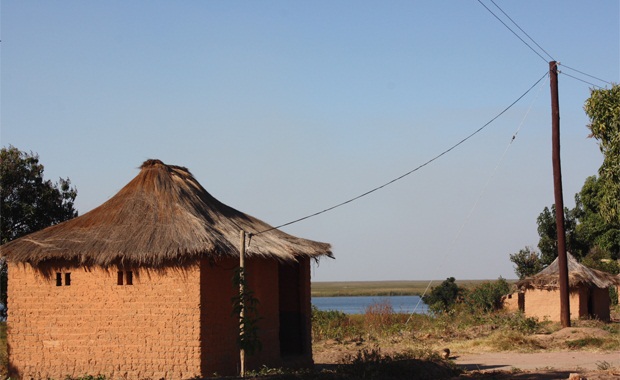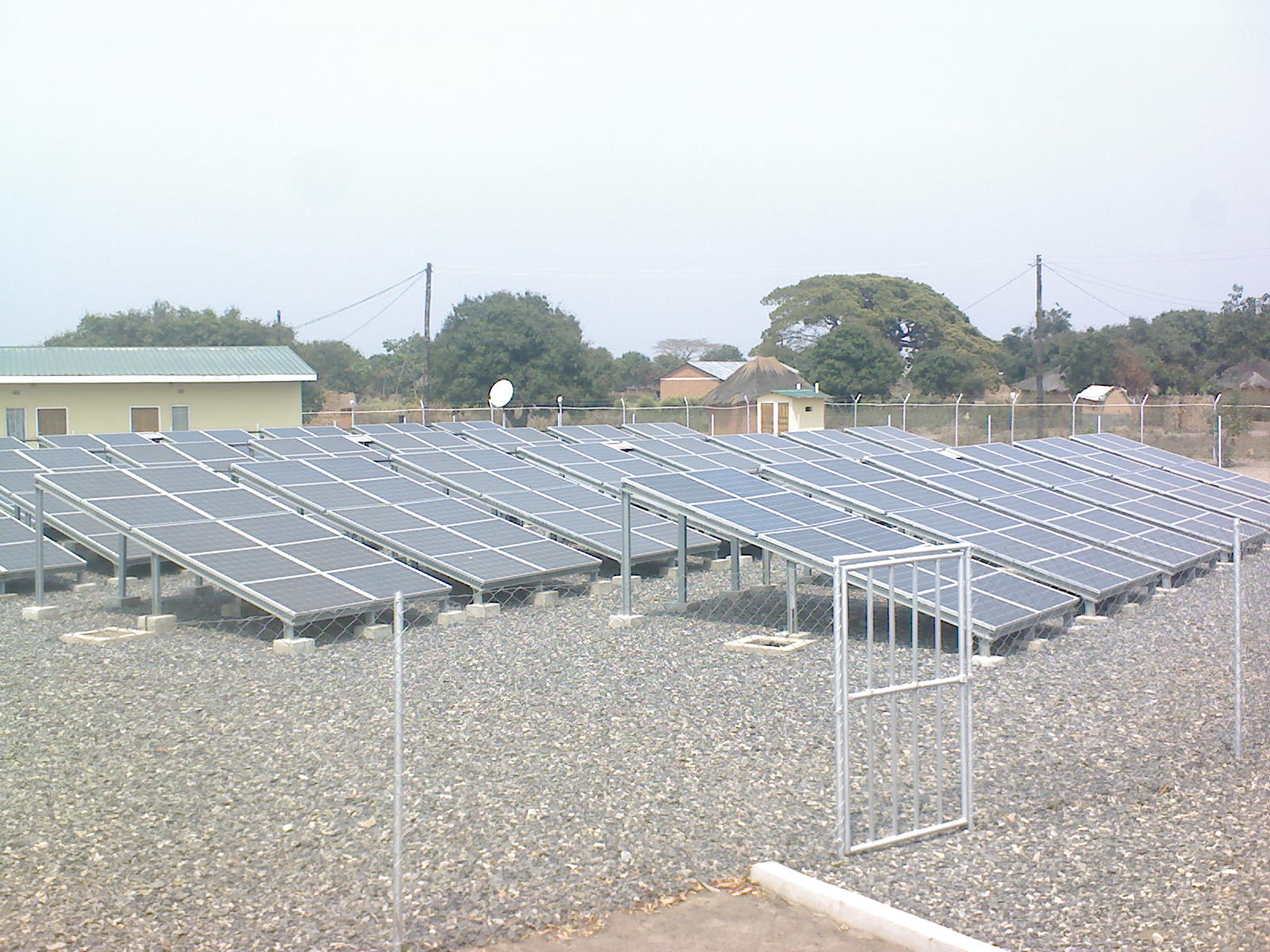DATABASE
Mpanta Solar Mini Grid Project - WINNER OF THE WAME CALL
completed
Country
Zambia
Budget
500.000 - 3M $
Year
2014
Issue
Solutions
Link
www.rea.org.zm
Abstract
Provision of electricity to Mpanta through the installation of a 60kw photovoltaic mini-grid supplying a radius of 1.5km. 24h electricity access compared to previous use of traditional energy sources. Tariff based on estimated fixed monthly rates with circuit breakers installed to limit overloads. The system managed by the Kafita Cooperative.
Project Description
Zambia has a low rural electricity access rate of 3.5%. The main objective of this project is in line with the governments’ vision of electrification for all rural areas by the year 2030 aimed at increasing electricity access in rural areas to 30% by 2030. In Mpanta, majority of the households relied on the use of traditional energy sources such as paraffin lamps and candles exposing especially the women to respiratory diseases and causing high carbon emissions to the environment. The project offered two solutions of providing access to clean energy and to improve the economic status of the community through an investment subsidy and micro finance scheme to guarantee electricity access for all. The solution makes it possible to have a day and night electricity access compared to previous traditional sources. The project is a 60kw PV system supplying a 936kwh battery bank providing electricity through 4 X 1.5kw inventers to 480 connections. Due to good solar irradiation the project is able to meet the energy demand through out the year. The tariff structure is based on a monthly fixed rate according to the estimated demand and ability to pay principle of different classes of consumers. Circuit breakers are installed in every household to avoid overloads ensuring the life span of the plant is optimised. The infrastructure is currently owned under a provisional licence to the Rural Electrification Authority but is run by a local cooperative to which it will be handed over to.
BENEFICIARIES
2, 292 people in Mpanta village.
Results
A lean start-up methodology was used. Out of the 2,480 people targeted, 2,292 benefited both directly and indirectly. The project connected households, shops, a market, a school, a clinic, fish deports and churches. The carbon emissions in people’s households greatly reduced in line with MDG 7 leading to an improvement in the standard of living as people had access to clean energy for lighting. The micro finance scheme targeted 280 women who ventured into entrepreneurship enabling them to sustain their families while increasing their ability to pay for regular access to electricity. Introducing investment subsidies which was invested mainly in a grinding mill, fish ponds, poultry and an ice plant brought about numerous economic benefits to the community contributing to MDG 1 aimed at eradicating poverty. The income from investment subsidies projects supplemented on the operations and maintenance demonstrating the sustainability and growth of the project contributing to SE4ALL targets.
Business Model
Every household connected has to be a member of the local cooperative with a board selected to make decisions on behalf of the community and a qualified management employed by the cooperative to run the operations of the project. The cooperative signed a partnership with the Rural Electrification Authority to replace the batteries after five years of operations. The tariffs are cost reflective and regulated by the country’s Energy Regulation Board in consultation with the cooperative.
Lessons Learnt
Implementing sustainable mini grid systems requires the understanding of the social and economical dynamics of a particular community. Tariffs set have to ensure that they balance the ability to pay by the community with the long term sustainability of the project. The technology used has to prioritize efficiency through energy saving appliances to guarantee long term viability of the equipment. Sensitisation should be an inclusive ongoing component in such projects to ensure the community understands the technology in use and its limitations. An integration of diverse productive uses and special schemes to such projects is vital in ensuring that other needs of the community are addressed.
Key Feature
The project has provided an innovative system that utilises an abundant renewable resource providing the best alternative energy that is environmentally friendly and locally acceptable. The ability of the project to connect grass thatched households which is not normally the case with on-grid systems makes it so special and a model to other future projects. The tariff structure which is flexible with ones ability to pay and it being cost reflective is so outstanding. Integrating special schemes to the project has attracted everyone in the community regardless of their poverty status to have access to electricity demonstrating its potential to grow. Having involved the community from project development to implementation also demonstrated how vital community ownership is to the success of a project. The partnership between the cooperative and the Rural Electrification Authority to replace the batteries after 5 years has assured the sustainability of the project in the long term.
Other significant information
Women, who are mostly left home by their husbands, were the most affected when it came to access to energy as the men were always in the fishing camps offering no support to them during their absence. They survived on cassava flour and cassava leaves as their everyday diet while relying on kerosene lamps and candles for lighting spending over €0.50/day on these energy sources. The project offered women an opportunity to access energy at a low rate of €3, 75/month 24h while the micro finance schemes built their capacity to create small businesses such as selling cassava flour in the fishing camps or exchanging it with the fish for them to provide the family with a balanced diet meal. A tariffs collection strategy of adding small amounts on the prices of essential goods sold by shops helped in paying part of their tariffs to reduce the burden women go through in paying the whole rate at once. The project’s total income is estimated at €54,700/year from tariffs and community investments.
Main Donor
United Nations Industrial Development Organisation, Global Energy Services
(International agencies)
Implementing Actor
Rural Electrification Authority Zambia (Government)


